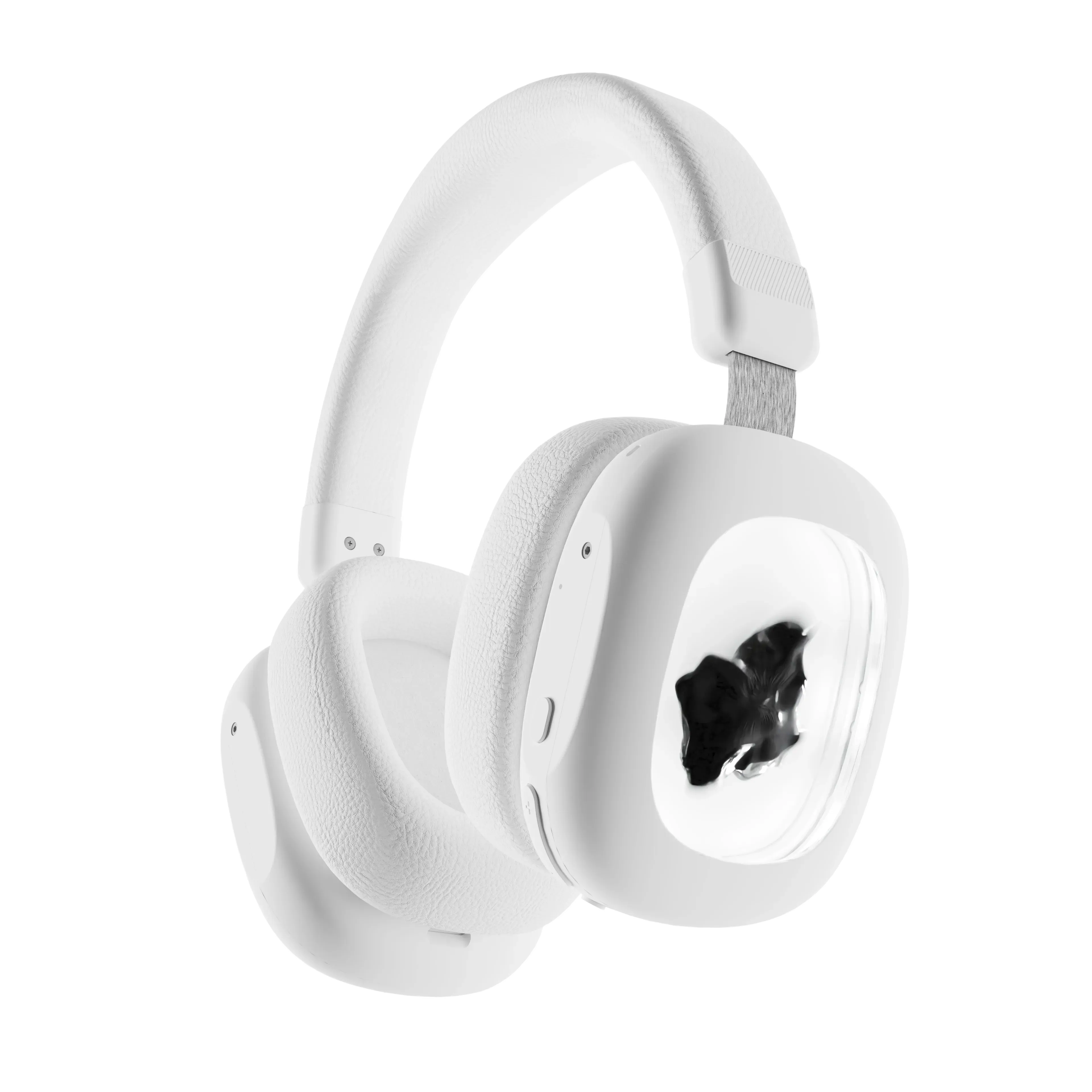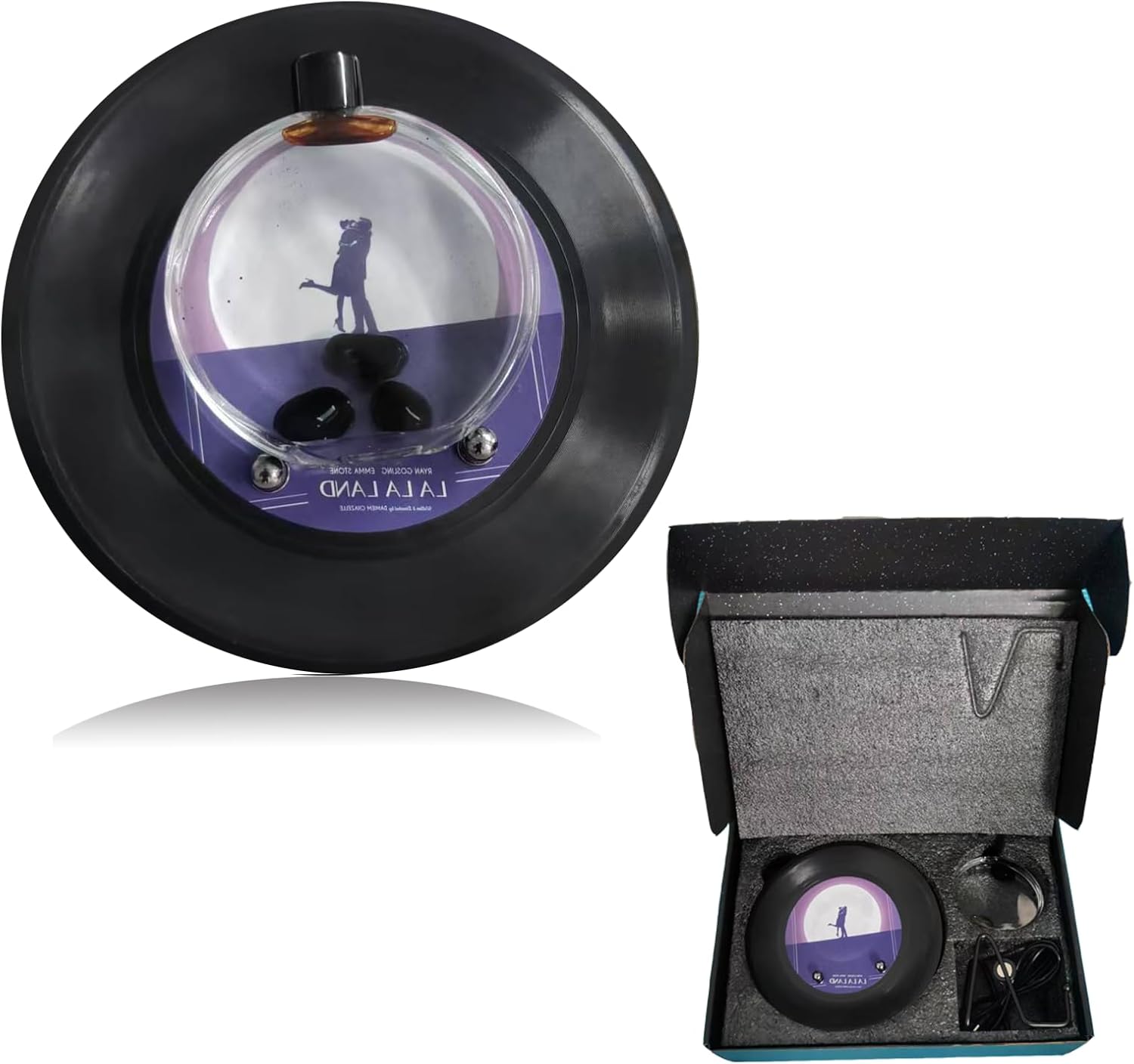Ferrofluid DIY: Create Your Own Science Toy
Introduction: Make Your Own "Living" Liquid
Ferrofluid—that mesmerizing black liquid that dances in a magnetic field—always sparks our scientific curiosity. Have you ever wondered if you could create this magical science toy yourself, without stepping into a lab?
This Ferrofluid DIY guide provides a detailed roadmap to safely and easily complete the process, helping you create your very own custom liquid sculpture that interacts with magnetism.
Why Choose Ferrofluid DIY?
Making Ferrofluid isn't just for fun; it offers unique educational value and scientific appeal:
-
Visualize Physics: Observe firsthand how nanoparticles respond to a magnetic field, gaining a deep understanding of magnetic lines of force.
-
Low Cost and Easy: Most materials are everyday items, and the steps are simple, making it perfect for a parent-child science experiment.
-
Unique Science Toy: A self-made ferrofluid toy brings a sense of accomplishment and is a memorable gift.
Preparation: What Materials Do You Need?
Safety is the first step in any Ferrofluid DIY project. Please prepare the following materials and ensure adult supervision if children are involved.
| Material Type | Specific Item | Purpose |
| Magnetic Powder | Toner Powder from printer cartridges (contains magnetic iron oxide) OR pure Magnetic Iron Oxide Powder | The core component of the ferrofluid. |
| Carrier Liquid | Vegetable Oil (e.g., canola oil, olive oil) OR Mineral Oil | The base liquid to suspend the magnetic particles. |
| Dispersant | Oleic Acid OR Surfactant (e.g., dish soap—note: Oleic Acid is much more effective) | Crucial for preventing the nanoparticles from clumping together. |
| Tools | Small glass bottle/test tube, strong magnet (e.g., Neodymium), disposable gloves, stirring stick. | For storage, display, and manipulation. |


Simple Ferrofluid DIY Steps (3 Quick Steps)
Please wear disposable gloves to prevent the powder from touching your skin.
-
Mix Magnetic Powder and Dispersant:
-
Pour about 5 grams (one small spoon) of magnetic powder into a small container.
-
Add a small amount of dispersant (Oleic Acid is best) until the powder is uniformly saturated. The amount is key: too much can make the fluid less mobile, too little will cause quick sedimentation.
-
Stir thoroughly, ensuring all magnetic particles are coated by the dispersant.
-
-
Add the Carrier Liquid:
-
Slowly drip in the vegetable oil, stirring continuously.
-
The volume of oil should be slightly more than the volume of the magnetic powder. The goal is a thick, smooth, black liquid consistency.
-
Continue stirring patiently for about 5-10 minutes until the fluid's texture is uniform with no obvious particle settlement.
-
-
Test and Store:
-
Pour a small amount of the finished ferrofluid into a clean test tube or small glass bottle.
-
Bring a strong magnet close to the bottle to test if the fluid quickly forms the characteristic spikes. If it does, congratulations!
-
Store the remaining ferrofluid in a tightly sealed container.
-
Safety and Important Precautions
Safety is always the top priority for any DIY experiment:
-
Wear Protection: Magnetic toner is difficult to clean; always wear gloves and protective eyewear.
-
Avoid Inhalation: Do not inhale the powder during the mixing process. Work in a well-ventilated area.
-
Proper Disposal: Ferrofluid should not be poured down the drain or thrown into regular trash. Seal it in a bag or container and dispose of it as specialty waste.
-
Prevent Staining: Ferrofluid stains clothes and surfaces easily. Work in an area that is easy to clean.
Advanced Play: Making the Ferrofluid Dance
After completion, you can try these advanced play ideas to enhance the display of your science toy:
-
Liquid Sculpting: Experiment with different shapes of strong magnets (like rings, squares) to attract the ferrofluid from outside the bottle, observing the formation of complex liquid sculptures.
-
Sound Interaction: If your ferrofluid has good mobility, you can place it near an electromagnetic coil connected to an audio output to attempt making it dance to the music (this requires additional electronics knowledge).
-
Comparative Experiment: Try using different types of carrier liquids (like alcohol or water) to observe how the ferrofluid's shape and stability change.
Conclusion: Science is Within Reach
Ferrofluid DIY is an excellent introductory science project. It brings the complex principles of nanotechnology and electromagnetism to life in the coolest, most visual way possible. We hope this tutorial helps you successfully create a one-of-a-kind science toy and ignite your passion for science!


Share and get 15% off!
Simply share this product on one of the following social networks and you will unlock 15% off!